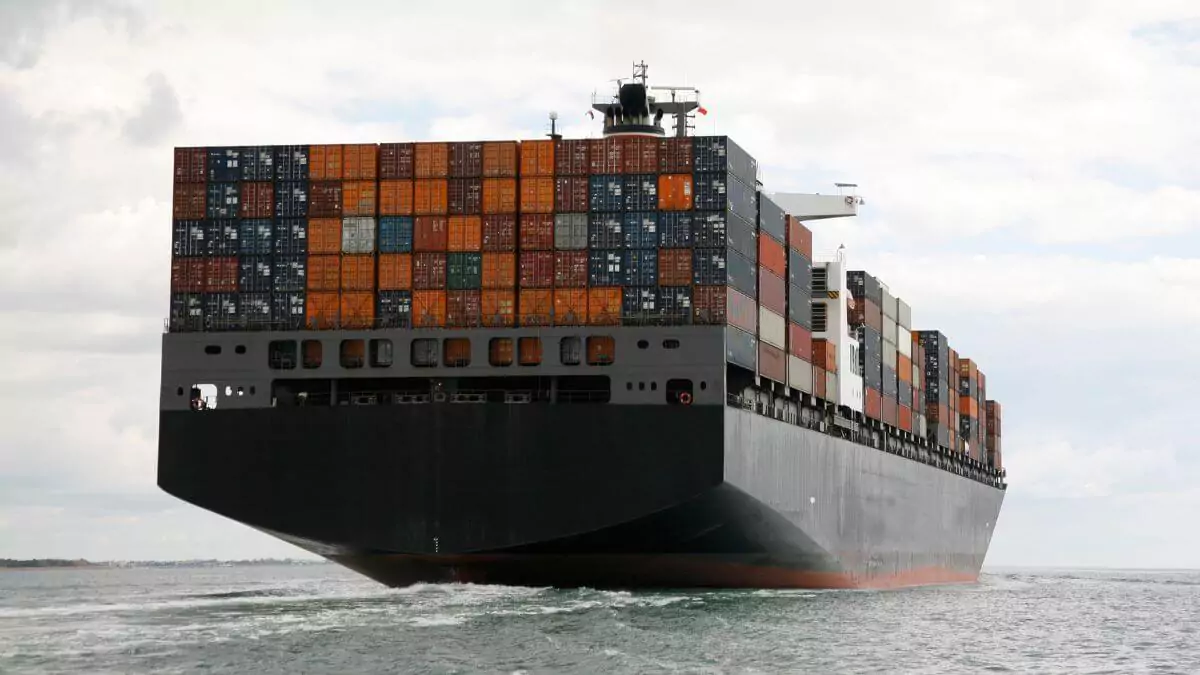April 10, 2025 – President Donald Trump has introduced a nuanced approach to U.S. trade policy, announcing on April 9, 2025, a 90-day pause on reciprocal tariffs for most nations while imposing a steep 125% tariff on Chinese imports. This dual strategy, intended to foster global trade negotiations while maintaining pressure on China, has sparked cautious optimism among some U.S. allies but heightened fears of a deepening trade war with China, with significant implications for global markets and American consumers.
The 90-day pause keeps tariffs on most U.S. trading partners at a 10% rate, providing a window for negotiations with over 75 countries that have sought trade deals, as detailed in an SCMP report on Trump’s tariff strategy. In contrast, China faces a 125% tariff, a sharp increase from previous levels, following its 84% retaliatory tariffs on U.S. goods, as reported in a CNN article on the tariff pause. The U.S. imported $427 billion in goods from China in 2024, making it the largest source of U.S. imports, according to a Fox Business report on the tariff escalation. This tariff hike is expected to significantly impact the cost of goods ranging from electronics to clothing, which are heavily sourced from China.
Global markets reacted with volatility to the announcement, with the S&P 500 dropping 2.8% and Japan’s Nikkei falling 3.1% on April 9, amid fears of a prolonged U.S.-China trade war, as noted in a WYFF4 article on global trade dynamics. The National Retail Federation projects that the tariffs could cost U.S. households an average of $1,900 annually in 2025, exacerbating inflation concerns, according to a USA Today report on consumer impacts. In tech hubs like San Francisco and Seattle, where 65% of professionals follow economic news (2024 Gartner survey), the tariff escalation has raised alarms about supply chain disruptions, given that 60% of tech components in the U.S. are imported from China (2024 data).
Trump’s announcement also touched on the ongoing TikTok saga, with the president stating that a deal to keep the app operational in the U.S. is “still on the table,” as reported in a Reuters article on the TikTok negotiations. This comment comes amid a broader U.S. crackdown on Chinese tech firms, including the U.S. ban on DeepSeek AI over national security concerns, and reflects the complex interplay of trade and technology in U.S.-China relations. The TikTok ban developments, which have been ongoing since 2020, have seen multiple companies, including Amazon and AppLovin, vying to acquire TikTok’s U.S. operations, per our previous coverage.
The 90-day pause has been welcomed by some U.S. allies, particularly Canada and Mexico, which together account for $1.2 trillion in annual trade with the U.S. (2024 data). Both countries have expressed hope that the pause will lead to strengthened trade ties under the USMCA framework, as noted in the CNN report. However, the exclusion of China from the pause has drawn criticism from economists, who warn that the 125% tariff could lead to further retaliation from China, potentially targeting U.S. agricultural exports like soybeans and pork, which have already been hit by China’s 84% tariffs, per the SCMP report.
In rural U.S. communities, the tariff escalation with China is causing significant concern. Farmers in states like Iowa and Nebraska, where agriculture supports 20% of jobs (2024 data), are bracing for further losses, with the American Farm Bureau estimating a 30% drop in agricultural exports to China in 2025, as reported in the WYFF4 article. “We’re the ones paying the price for this trade war,” said a Nebraska farmer in the USA Today report, highlighting the human toll of the escalating tariffs. The U.S. exported $20 billion in agricultural goods to China in 2024, making it a critical market for American farmers, per the Fox Business report.
The tariff policy also has broader implications for U.S. businesses, particularly in the tech and retail sectors. Companies like Apple and Walmart, which rely heavily on Chinese manufacturing, are expected to face increased costs, with some analysts predicting a 15% price hike for consumer electronics in 2025, according to the USA Today report. In tech hubs like San Francisco, where the tech industry employs over 300,000 people (2024 data), the tariff escalation has sparked discussions about diversifying supply chains, though such shifts could take years to implement.
As the 90-day pause unfolds, the global trade landscape remains uncertain. While some see the pause as a pragmatic move to avoid alienating key allies, others view the 125% tariff on China as a risky escalation that could lead to further economic fallout. For now, U.S. consumers and businesses are left to navigate the uncertainty, with the specter of higher prices and supply chain disruptions looming large. For more on economic trends, explore our coverage of AI-driven market innovations, which examines how technology is reshaping the global economy amid these trade tensions.







